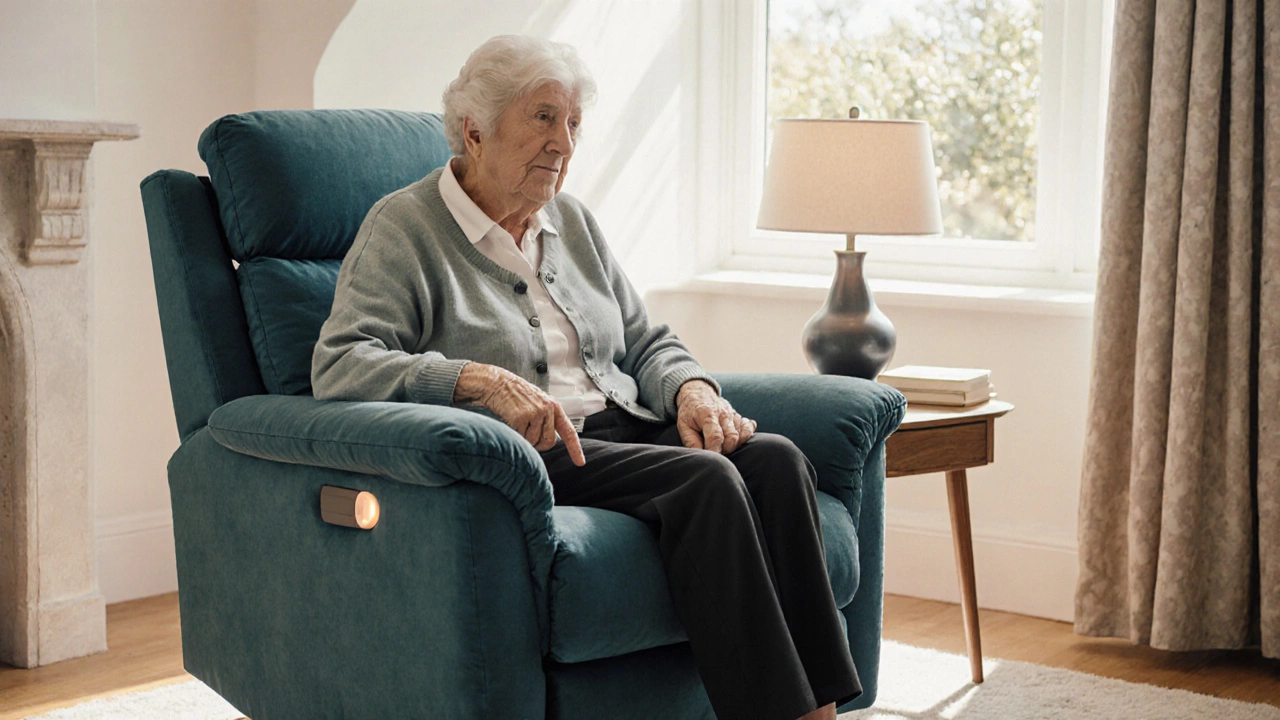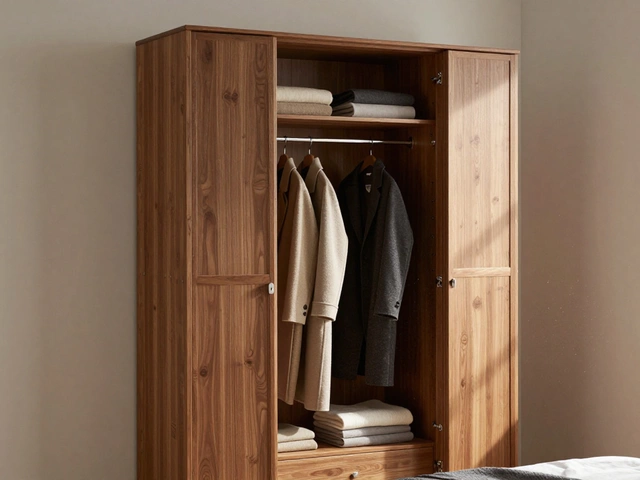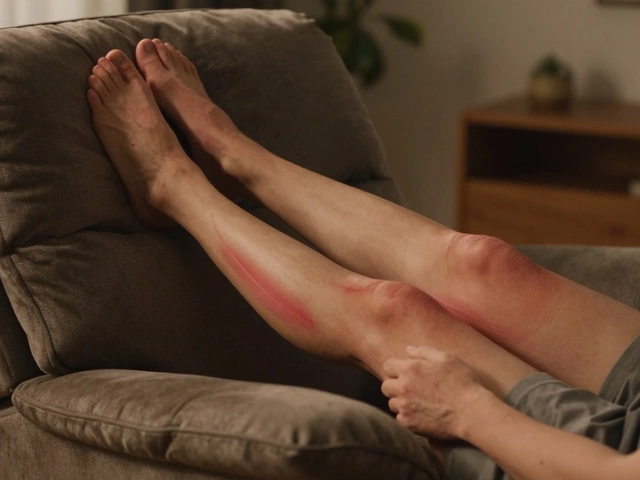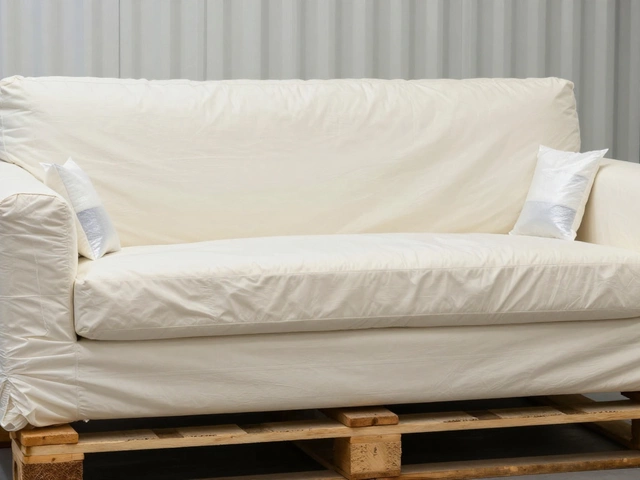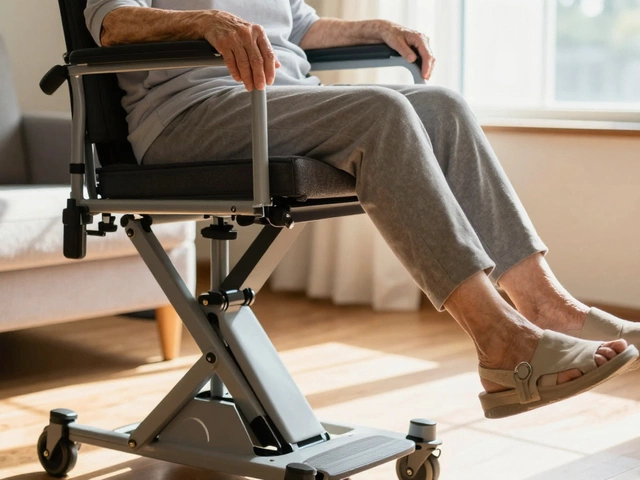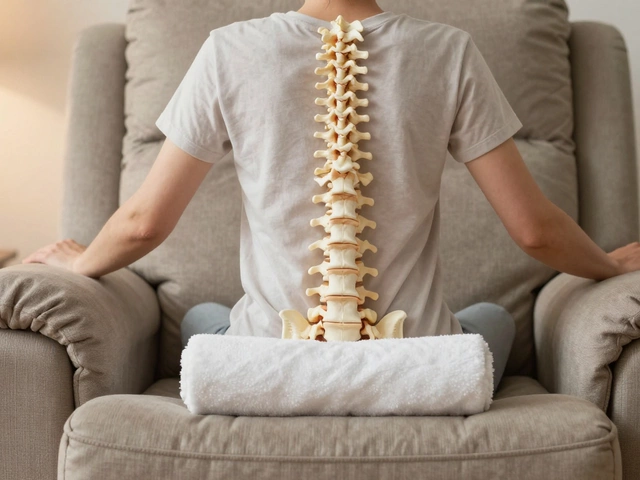Space Calculator for Senior Recliners
Space Requirements Calculator
Calculate whether your senior recliner will fit in your space. The chair needs at least 3 feet clearance for swivel and recline.
When it comes to keeping older adults comfortable and independent at home, the right chair can make a world of difference. A senior recliner is more than just a plush seat; it’s a purpose‑built piece of furniture that blends safety, ergonomics, and ease of use into one sleek design.
What Exactly Is a Senior Recliner Chair?
Senior Recliner Chair is a type of recliner specifically engineered for seniors and individuals with limited mobility. It typically features a powered lift mechanism that helps users transition from sitting to standing without strain. The chair also includes extra‑wide armrests, higher seat cushions, and often a range of customizable positions to support posture and circulation.
Core Features That Set It Apart
Below are the most common elements you’ll find on a senior recliner, each designed to address a specific need.
- Lift Chair functionality - an electric motor raises the seat height at the push of a button, reducing the effort needed to stand.
- Power Recliner controls - a remote or side panel lets the user adjust the backrest, footrest, and headrest with minimal strength.
- Adjustable Headrest - tilts up or down to support neck alignment, especially important for those with arthritis.
- Swivel Base - allows a smooth 360° turn, making it easier to reach side tables or bedside lamps.
- Memory Foam Cushion - conforms to the body’s shape, easing pressure points and improving circulation.
- Fabric Options - breathable mesh, soft microfiber, or leather‑look finishes that are easy to clean and resist stains.
- Weight Capacity - commonly rated between 250 lb-350 lb, ensuring stability for larger users.
Why Seniors Prefer These Chairs Over Standard Recliners
Standard recliners are great for relaxation, but they lack the assistive features that make daily life easier for older adults. Here’s a quick side‑by‑side look.
| Feature | Senior Recliner | Standard Recliner | Lift Chair (non‑reclining) |
|---|---|---|---|
| Power‑assisted lift | Yes | No | Yes |
| Reclining positions | Multiple (back, foot, head) | Usually 2‑3 | None |
| Swivel base | Often included | Rare | Rare |
| Adjustable headrest | Yes | Often fixed | None |
| Weight capacity | 250‑350 lb | 150‑250 lb | 250‑350 lb |
| Typical price (USD) | $800‑$2,200 | $300‑$800 | $500‑$1,200 |
Key Benefits for Health and Lifestyle
Beyond comfort, a senior recliner supports several health aspects:
- Reduced fall risk: The lift function removes the need to push off with weakened legs.
- Improved circulation: Adjustable footrests promote leg elevation, helping with edema.
- Spinal alignment: Memory foam and headrest adjustments keep the spine neutral.
- Independence: Users can move without assistance, preserving dignity.
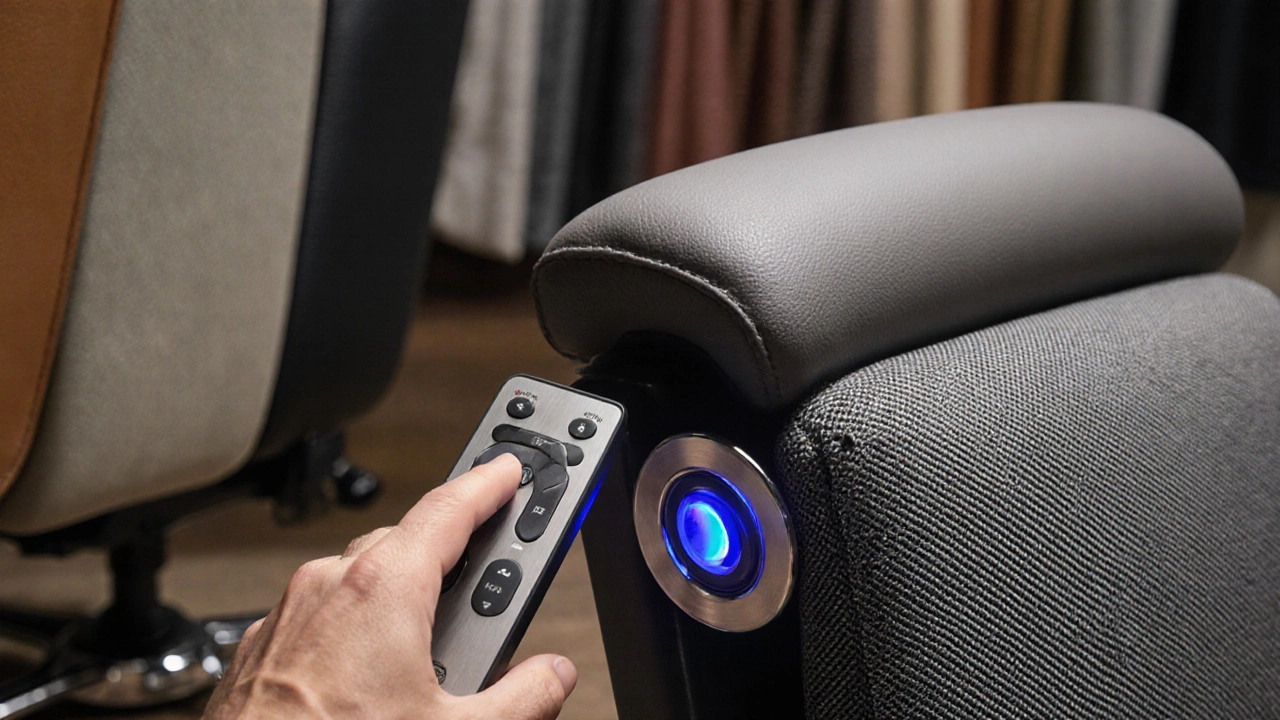
How to Choose the Right Senior Recliner for Your Home
Every senior’s needs are unique, so consider these criteria before purchasing.
- Space measurements: Measure the area where the chair will sit, allowing at least 3 feet of clearance for the swivel and recline.
- Weight capacity: Ensure the chair’s limit exceeds the user’s weight plus any additional load (e.g., blankets).
- Control type: Remote‑controlled models are ideal for those with limited hand strength; handheld push‑buttons work well for others.
- Fabric durability: Choose moisture‑resistant fabrics if the user is prone to spills or incontinence.
- Additional features: Some chairs include massage, heat, or USB charging ports-useful but optional.
- Warranty and service: Look for at least a 2‑year warranty on the motor and frame.
Maintenance Tips to Keep Your Chair Working Like New
Proper care extends the life of the motor and upholstery.
- Wipe the fabric weekly with a mild cleanser; avoid harsh chemicals that can degrade the material.
- Inspect the power cord and plug for fraying-replace immediately if damaged.
- Lubricate moving joints once a year using a silicone‑based spray.
- Test the lift mechanism every few months to ensure smooth operation.
Common Myths Debunked
There are a few misconceptions that can steer buyers in the wrong direction.
- Myth: Senior recliners are only for the very elderly.
Fact: Anyone with mobility challenges-post‑surgery patients, people with arthritis, or those recovering from injuries-benefit from the assistive features. - Myth: They’re all bulky and ugly.
Fact: Modern designs offer sleek lines, fabric choices that match décor, and even low‑profile swivel bases. - Myth: The lift function is noisy.
Fact: Most new models use quiet brushless motors that blend in with household sounds.
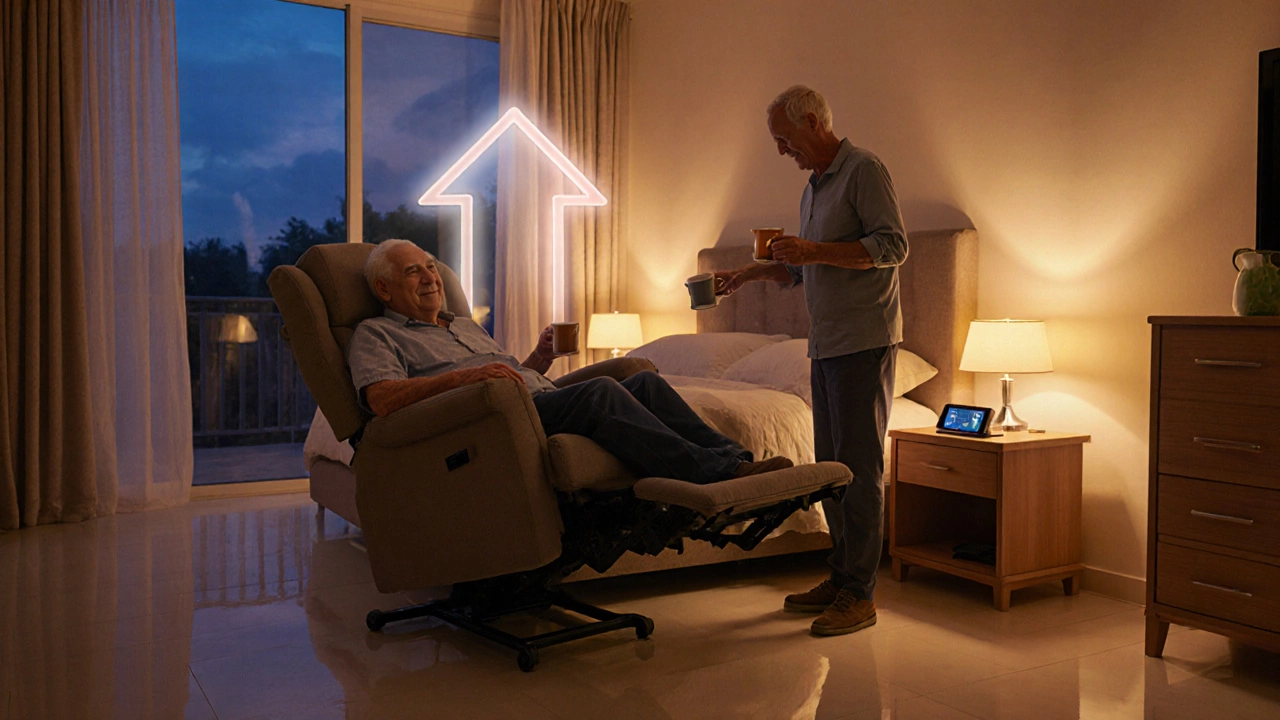
Where to Buy and What to Expect on Price
Online retailers, specialty medical‑furniture stores, and big‑box home‑goods chains all carry senior recliners. Prices range widely based on features:
- Entry‑level models (basic lift, fabric upholstery) start around $800.
- Mid‑range options with memory foam, swivel base, and remote control sit between $1,200 and $1,800.
- Premium models with massage, heat, and premium leather‑look finish can exceed $2,200.
Don’t forget to factor in delivery fees and optional assembly services.
Quick Takeaways
- A senior recliner combines a power lift, multiple reclining positions, and ergonomic support.
- Key features to check: lift mechanism, adjustable headrest, swivel base, fabric durability, and weight capacity.
- Compared to a standard recliner, it offers safety, independence, and health benefits for seniors.
- Measure your space, pick the right fabric, and verify warranty before buying.
- Regular cleaning and motor maintenance keep the chair reliable for years.
Frequently Asked Questions
Can a senior recliner be used by someone without mobility issues?
Absolutely. The extra comfort, adjustable positions, and optional massage or heat features make it a great choice for anyone who wants a premium lounging experience.
Do I need a special power outlet for the lift mechanism?
Most senior recliners run on standard 110‑V household sockets. Some models include a battery backup that allows a few minutes of operation during a power outage.
How long does the lift motor typically last?
With regular maintenance, the motor can easily exceed 10 years of daily use. Warranty periods of 2‑3 years are common, covering motor defects.
Is assembly required?
Most chairs arrive partly assembled. You’ll need to attach the armrests and connect the power cord, which usually takes 15‑30 minutes. Many retailers offer professional assembly for an extra fee.
What fabric is best for a senior who spills drinks?
Water‑resistant microfiber or vinyl‑look fabrics are ideal. They wipe clean with a damp cloth and resist stains better than traditional cloth upholstery.

